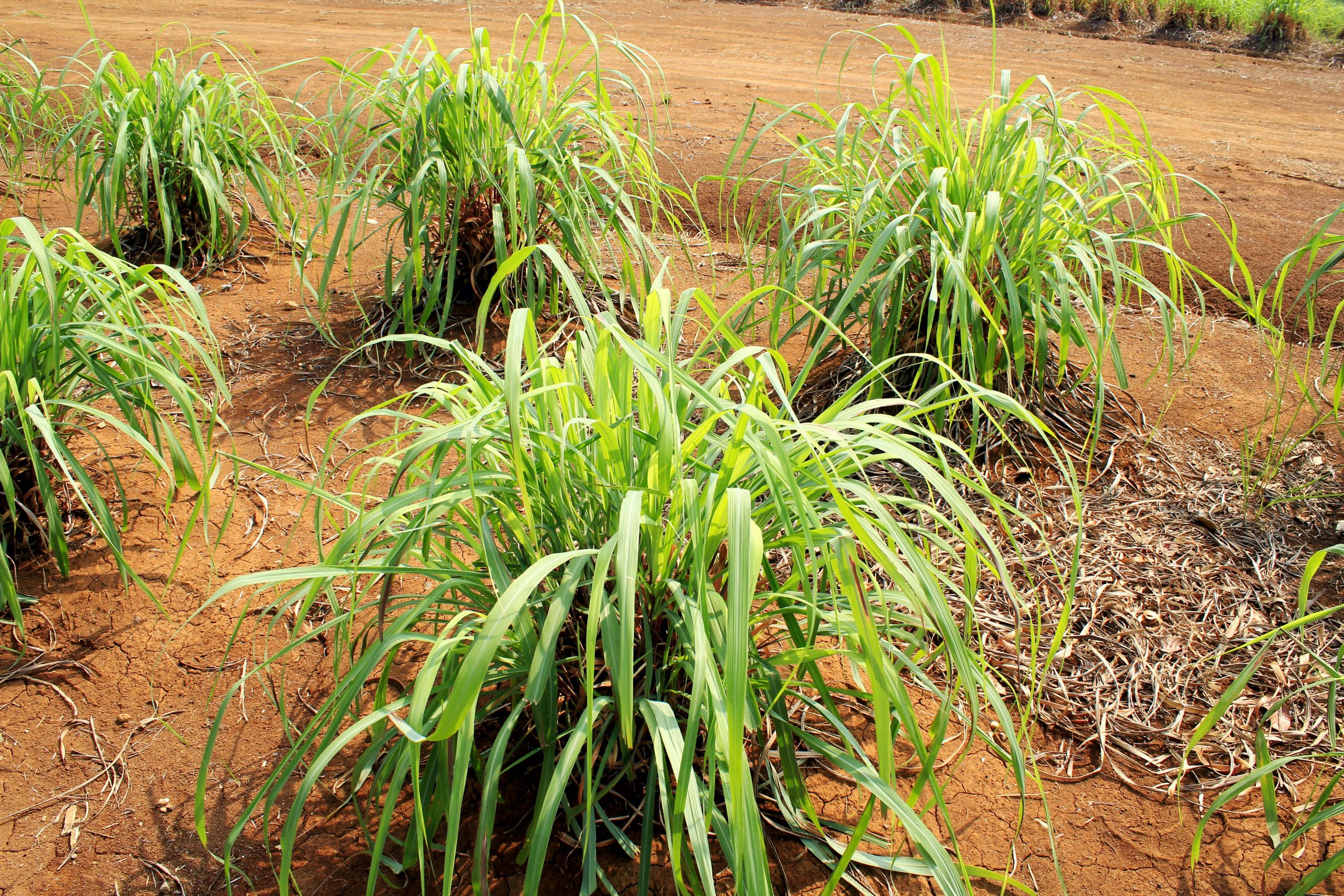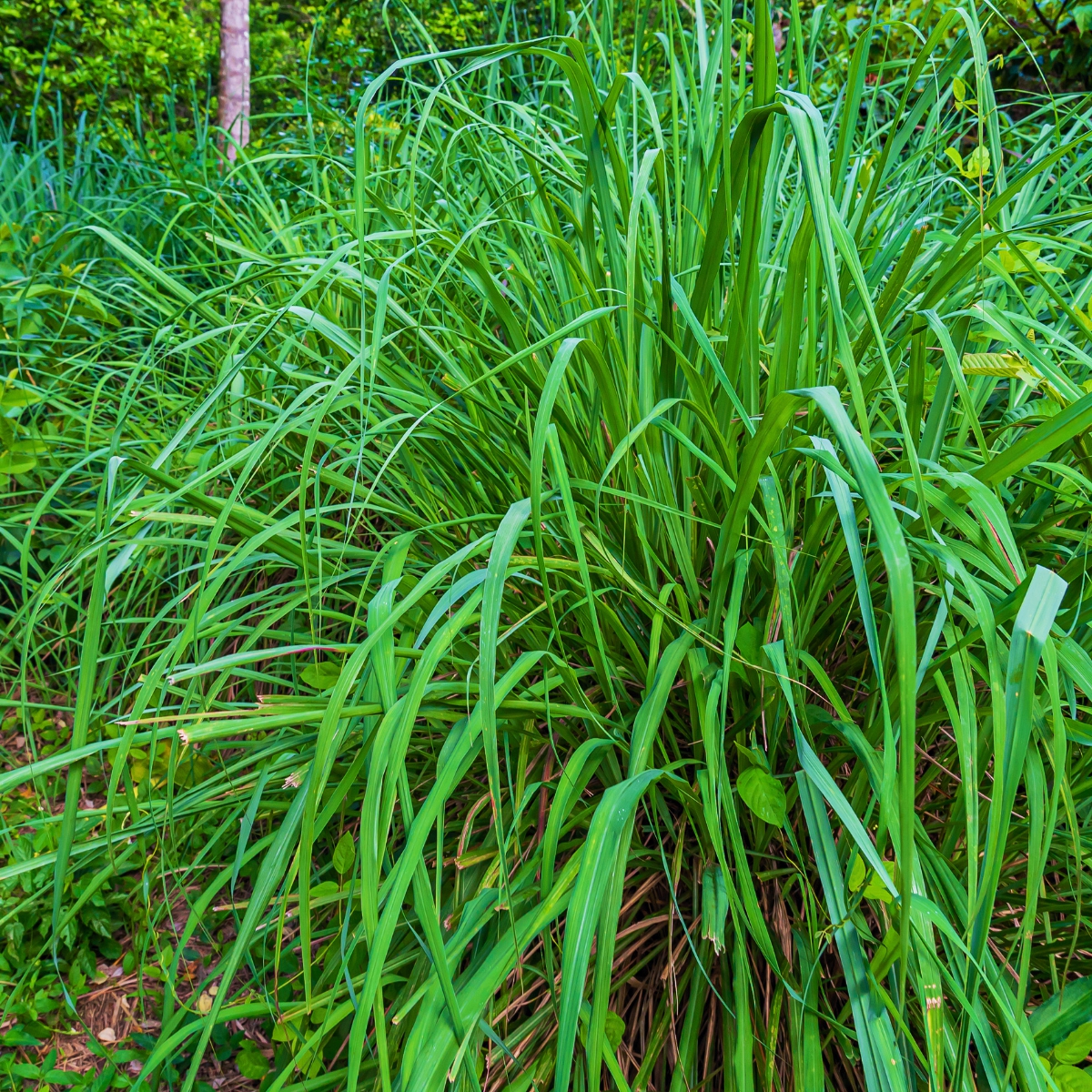A smooth sea(son) doesn’t make good citronella
Uses and types
Citronella essential oil is widely used in perfumery and cosmetics, as the fresh, floral notes mixed with the hint of citrus make it a unique and sought-after fragrance. There are two types of traded citronella which are Ceylon type citronella oil (cymbopogon nardus) and Java type citronella oil (cymbopogon winterianus). The Java type oil is produced and sold in far greater volumes than the Ceylon type oil and is also the most widely used. Khush Ingredients therefore hold stock of Java type citronella oil.
Use in repellent
Outside of cosmetic use, citronella is predominantly used as an active ingredient in insect repellents. Records indicate that citronella was used as early as 1882 as an insecticide, making it one of the first botanical insecticides. In the US, citronella is deemed safe for use within repellents and products that are applied to human skin. In the EU, Ceylon type citronella oil is restricted due to safety concerns regarding methyl eugenol. In the UK, all citronella types are banned as an active ingredient in any insect repellent products both for human and animals, due to EU legislation governing the use of insect repellents. However, citronella can still be used and sold in perfumery in the UK.
 Image: Indonesia citronella from our suppliers
Image: Indonesia citronella from our suppliers
Chinese production
The two main producers of Java type citronella are Indonesia and China, with Sri Lanka emerging as a reputable source of Ceylon type citronella oil. Production areas are concentrated to the southern and far western regions of the Yunnan Province in China. In Indonesia, citronella is mainly grown in Java, as well as West and North Sumatra. According to a 2011 IFEAT study, world production was around 1,800 metric tons. The annual production of China varied between 800 and 1,500 metric tons, Indonesian production was between 250 and 500 metric tons.
Harvesting and processing
The first harvest of the season occurs around 6 to 8 months from seeding, thereafter every 75-90 days from April to late December. Citronella is said to produce a better yield of crop from the second year to the fourth year of harvest, with reported yields of around 10kg per hectare. Cutting typically takes place first thing in the morning to obtain maximum yield, raw materials are then left to dry for up to 8 hours to remove excess moisture prior to distillation.
Social and economic complexities in 2022
Chinese production of citronella faces some difficulties as the economies of the production areas are comparatively underdeveloped, where production and harvest of citronella oil is an important income source for the 20-30 thousand farmers engaged in the citronella industry. The production of Chinese Java type citronella oil has seen a decline in the 2022 season. The production belt in the Yunnan Province has been hit by a reduction in crude oil transactions between China, Laos and Myanmar. Like last season, knock on effects from the COVID-19 pandemic are still adversely affecting production is China.
 Image: citronella plants
Image: citronella plants
In Indonesia, it is estimated that approximately 5,000 people use citronella production as primary income, however this does not include part time citronella farmers. Demand for the Indonesian Java type remains steady, thought supply is limited, and domestic costs have risen sharply. Due to the drop in interest for citronella in previous seasons, farmer saw diminished returns and thus lost interest in producing citronella. Currently, the price of Java type citronella oil is rising due to the drop in production and supply, a trend which is expected to continue until farmers catch up with harvest.
If you would like a sample, please contact with us at samplerequest@khushing.com or give us a call on +44 (0) 1993 882883.
